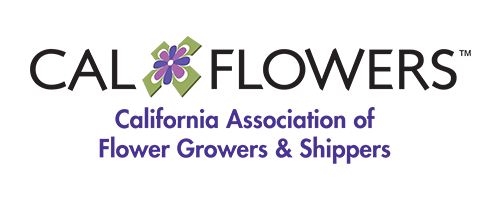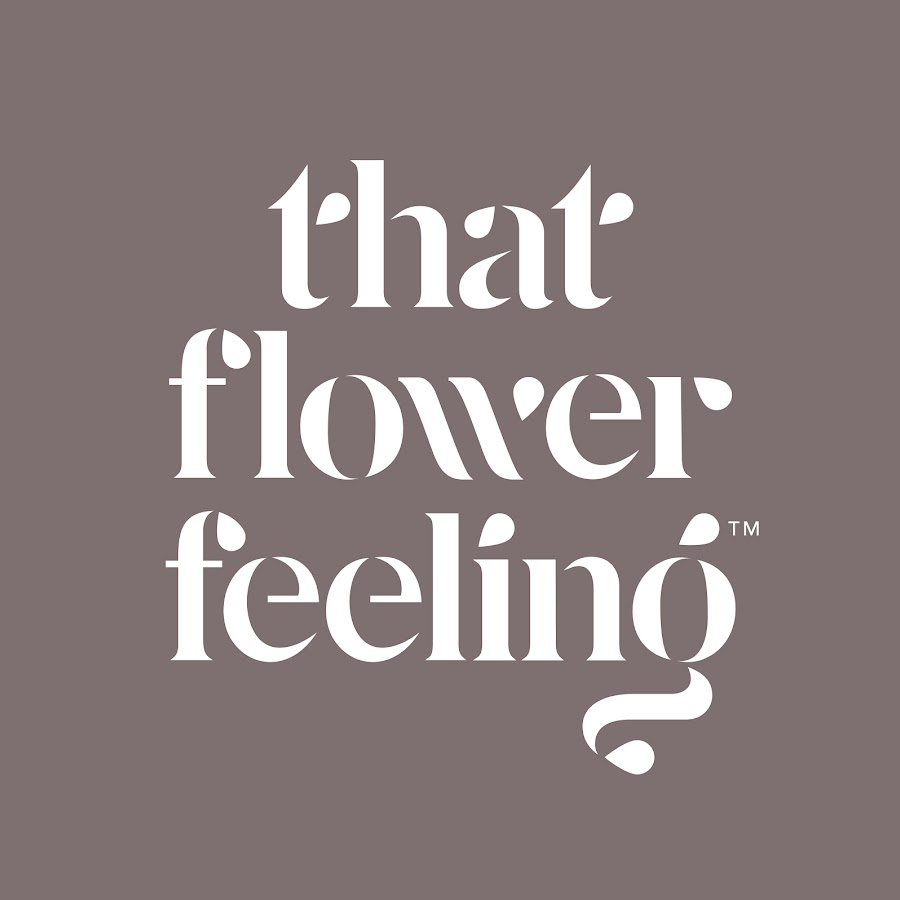In today’s visually saturated environment, designers continuously seek innovative ways to attract and retain viewer attention. Among these, glowing effects have emerged as a powerful tool, transforming ordinary visuals into captivating experiences. Understanding how these luminous enhancements work not only enriches design strategies but also taps into deep-seated psychological and physiological responses. This article explores the multifaceted role of glowing effects in modern design, supported by examples and practical insights.
Table of Contents
- Introduction to Glowing Effects in Modern Design
- The Psychology of Attention and Visual Stimuli
- Technical Foundations of Glowing Effects
- Visual Hierarchy and Emphasis through Glow
- The Symbolic Power of Glowing Effects
- Examples of Glowing Effects in Modern Design
- Case Study: Gem Trio as a Modern Illustration of Glowing Effects
- Non-Obvious Aspects of Glowing Effects
- Challenges and Ethical Considerations
- Future Trends in Glowing Effects
- Conclusion
Introduction to Glowing Effects in Modern Design
Glowing effects refer to visual enhancements that simulate or exaggerate light emanating from an object or element within a design. These effects can be achieved through digital tools, creating illusions of luminosity, radiance, or energy. Their significance lies in their ability to direct viewer focus, evoke emotional responses, and convey specific meanings such as importance, magic, or innovation.
Historically, glowing effects evolved from traditional art techniques like backlighting and luminous paints to sophisticated digital rendering. In the realm of digital design, software like Adobe Photoshop, After Effects, and modern UI frameworks enable creators to craft dynamic, attention-grabbing glows with precise control over intensity, color, and movement. This evolution reflects our increasing reliance on digital interfaces and media, where luminous visuals stand out amid cluttered environments.
The influence of glowing effects on viewer attention is profound. They act as visual cues that naturally attract the eye, making them essential in areas like branding, user interfaces, advertising, and multimedia art. For example, a glowing call-to-action button on a website can increase click-through rates by signaling interactivity and urgency, demonstrating how glow manipulates subconscious focus.
Understanding How Glowing Effects Capture Attention
The Psychology of Attention and Visual Stimuli
Humans perceive light and color through complex neural processes that prioritize high-contrast and luminous stimuli. Bright, glowing elements stand out against darker backgrounds because our visual system is inherently tuned to detect changes in brightness and color saturation. This phenomenon is rooted in evolutionary biology; our ancestors relied on visual cues like fire or reflective surfaces to identify danger or opportunity.
Contrast and brightness are critical in capturing attention. A glowing element often employs a contrast ratio that exceeds surrounding elements, creating a visual hierarchy that guides the viewer’s gaze. For instance, in a user interface, a luminous icon or button becomes a natural focal point, subconsciously prompting interaction.
An illustrative example is the use of neon signs or luminous warnings, which trigger subconscious focus due to their unambiguous luminance. Recent research indicates that glowing effects can activate the brain’s reward system, making viewers more likely to engage with the highlighted content.
Technical Foundations of Glowing Effects
Creating convincing glowing effects involves digital tools like Photoshop’s outer glow layer styles, After Effects’ glow filters, or CSS properties such as box-shadow and text-shadow. These tools manipulate light physics principles—like dispersion, diffusion, and emission—to simulate real-world luminosity.
Understanding light physics, such as how light scatters or reflects, helps designers craft more realistic or intentionally exaggerated glow effects. For example, a soft glow mimics diffuse light, while a sharp, intense glow suggests energy or urgency. A common misconception is that more glow equals better; in reality, subtlety often enhances readability and aesthetic appeal.
Visual Hierarchy and Emphasis through Glow
Glow can be strategically used to highlight key elements, such as call-to-action buttons, navigation icons, or critical alerts. When applied correctly, it creates a visual hierarchy that guides users seamlessly through a design.
Balancing glow with other components—like size, color, and placement—is essential for clarity. Overuse of glow can lead to visual noise, diluting its emphasis. A case in point is branding logos, where a subtle outer glow can make a symbol memorable without overwhelming the overall aesthetic. Effective examples include tech companies’ interfaces, where glowing borders or shadows emphasize interactive zones.
| Design Element | Glow Effect Application | Purpose |
|---|---|---|
| Call-to-Action Button | Bright outer glow | Draw attention and encourage clicks |
| Navigation Icons | Subtle inner glow | Enhance visibility without distraction |
| Product Highlights | Colorful, diffused glow | Create a sense of energy and importance |
The Symbolic Power of Glowing Effects: From Symbols to Experiences
Glow often symbolizes energy, vitality, or magic. In cultural contexts, luminous visuals are associated with divine presence, innovation, or futuristic technology. For example, neon lights in urban landscapes evoke vibrancy and modernity, while glowing runes or symbols in digital interfaces can signify importance or mystical qualities.
Connecting symbolism with user engagement enhances emotional resonance. A glowing orb may represent focus or enlightenment, encouraging users to perceive the associated content as valuable or transformative. This symbolic power is leveraged in branding strategies, where luminous effects can elevate a brand’s perceived significance.
Examples of Glowing Effects in Modern Design
Glowing effects are prevalent across various design domains:
- Digital interfaces and UI/UX design — from animated buttons to notification badges, glow enhances interactivity.
- Advertising and marketing visuals — luminous text and images attract attention in crowded media spaces.
- Artistic and creative media — digital illustrations, motion graphics, and installations utilize glow for aesthetic and emotional impact.
Case Study: Gem Trio as a Modern Illustration of Glowing Effects
The sign up 🤦♂️ for Gem Trio exemplifies how luminous visuals can elevate a design’s appeal. Inspired by gemstones, which naturally emit a captivating glow under high pressure, designers replicate this radiance to create eye-catching digital elements. The gemstone formation process—where intense pressure causes minerals to crystallize, resulting in a luminous appearance—parallels how designers intensify glow effects to evoke vitality and exclusivity.
By integrating gemstone-inspired glow, brands can evoke feelings of rarity and allure, increasing user engagement. Practical applications include using gradient-based luminous borders or animated glowing centers to draw attention to key features, much like how a gemstone’s internal structure reflects light dynamically.
Non-Obvious Aspects of Glowing Effects
Beyond mere aesthetics, glow influences perception through psychological and perceptual mechanisms:
- Color temperature—warm glows (reds, oranges) evoke energy and urgency, while cool glows (blues, greens) suggest calmness or trustworthiness.
- Subtle glow enhances depth perception, making elements appear more layered and dimensional, whereas overt glow can flatten or overwhelm a design.
- Glow’s influence on perceived depth—by mimicking light diffusion, it creates an illusion of spatial hierarchy.
Challenges and Ethical Considerations in Using Glowing Effects
Despite their appeal, excessive use of glowing effects can lead to:
- Visual fatigue, where the eyes become overwhelmed or desensitized
- Misleading cues, such as exaggerating importance or creating false urgency
- Distraction from core content, reducing usability and clarity
Designers must balance luminosity with usability, ensuring glow enhances rather than hinders the user experience. Thoughtful application maintains aesthetic appeal while respecting user comfort and trust.
Future Trends in Glowing Effects and Modern Design
Emerging technologies like augmented reality (AR) and virtual reality (VR) are expanding the possibilities for luminous effects, allowing for immersive, real-time glowing visuals. Additionally, sustainability concerns are driving innovations in eye-friendly, energy-efficient glow designs that reduce eye strain and visual fatigue.
Aesthetic styles are evolving, blending luminous effects with minimalism, biophilic design, and futuristic themes. These trends reflect a desire for engaging yet comfortable visual experiences that resonate across digital and physical spaces.
Conclusion: Harnessing Glowing Effects to Capture Attention Effectively
In sum, glowing effects are a versatile and impactful element in modern design, capable of guiding attention, conveying symbolism, and enhancing user engagement. When applied thoughtfully—balancing subtlety with emphasis—they transform visual communication from mere information delivery into memorable, emotionally resonant experiences.
For designers seeking to deepen their mastery, exploring examples like gemstone-inspired glow demonstrates how timeless principles of light and perception can be adapted to contemporary aesthetics. To experience innovative luminous design firsthand, consider exploring opportunities to incorporate glow in your projects — perhaps by sign up 🤦♂️ for insights and inspiration.
Effective use of glowing effects balances attention-grabbing luminosity with clarity and comfort, ensuring designs are both captivating and user-friendly.




